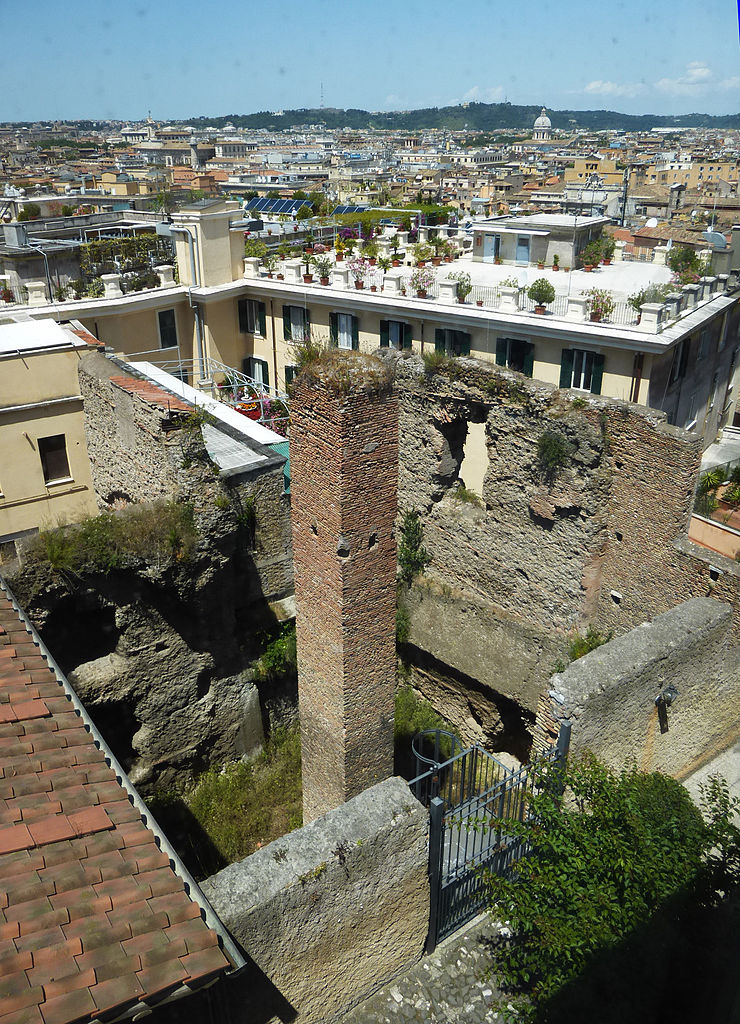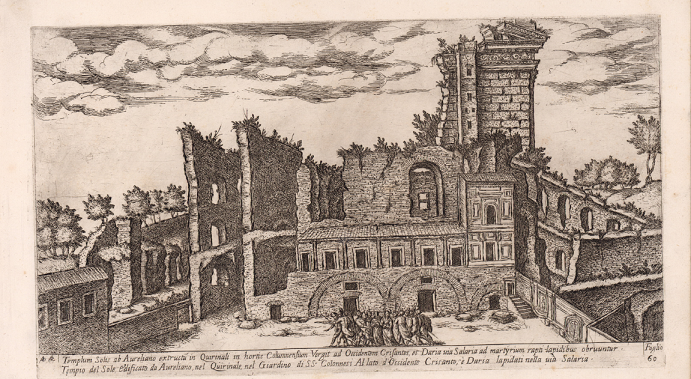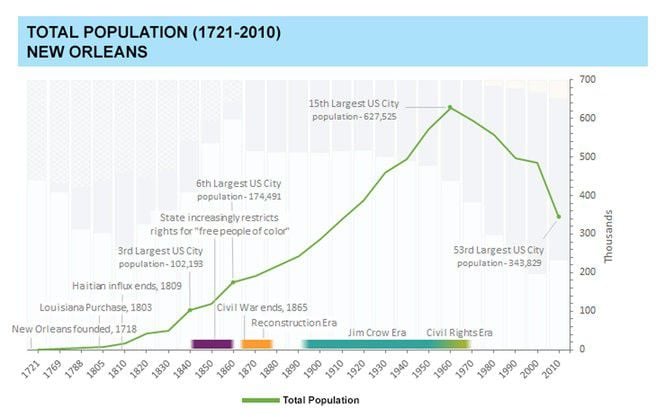For a long time I was mystified how the great ancient cities could be in such ruins. Take the city of Rome, for example. How could you have something as grand as the Coliseum right there in the middle of your city, and not take any sort of care of it at all? And then you hear about how the various generations tore the marble facades off their grandest monuments to build new stuff for some fly-by-night Pope, and it's just like... what?
Like how can they have had something like this in 100AD:
And it ends up looking like
this in 2021?
And this all took place smack in the middle of one of the world's great capitals which was the center of power in Europe for over a millennium after the thing was constructed?
How does that happen? I get that things get old and need replacing. But how do you just completely cannibalize and obliterate the heart and soul of a place like this?
At some point I had the eye-opening experience of seeing this population chart (note the weird time scaling after 1800):
Combined with illustrations like this:
And the pieces fell into place.
It's not that these places were just simply neglected and allowed to fall apart because people didn't care. It's not that a series of Popes were just like "wow that building is amazing, it would be ****ing awesome if we tore it down".
What's missing in the popular imagination is the middle ages... the period of time when Rome lost 90% of its population to war and plague and politics. People just walked away and never came back. By about 1350, the imperial capital was a broken little ghost town full of collapsing ruins. People pulled those walls down because they had trees growing out of the tops of them and were going to kill someone eventually. They pulled the marble off the facades to get it before scavengers could. What reason did they have to think anyone would ever care about the ruins of a dead city?
I say all this because of what we're seeing along the Gulf Coast.
Of course, economics is the main driver of this trend. New Orleans was already in trouble for geopolitical reasons. But what we're seeing this past 16 years is a different kind of threat, the kind that chases people out en masse and gives them reason to believe they're better off not coming back. It's the sort of thing that makes your house uninsurable, that closes down your business in the middle of high season, that makes you think about taking that job in Texas. It's not just about the city itself, but about the whole ecosystem of life in that region, where people just get battered and battered. It's people living in FEMA trailers for half a decade, it's levees being opened downstream so the city doesn't get flooded, little towns getting practically washed away wholesale.
We're getting closer to the point when this stops being viable. It might be a century, two centuries from now. But that water is rising and I don't see anyone putting up the money to make that area the next Netherlands. At some point, a few generations down the line, there's going to be a lack of critical mass of people who give a damn. When they leave, nature reclaims the city. It'll probably happen one block at a time, and a lot of the rot will happen from the inside-out. But when you're a city of 100K instead of 500K, there's 1/5th the reason to invest in things like levees and canals. I have a hunch that a few hundred years down the line, people will think of New Orleans they way we think of Pompeii. Or maybe Atlantis.
And if we keep ****ing around with climate change, New Orleans is the canary in the coal mine.









